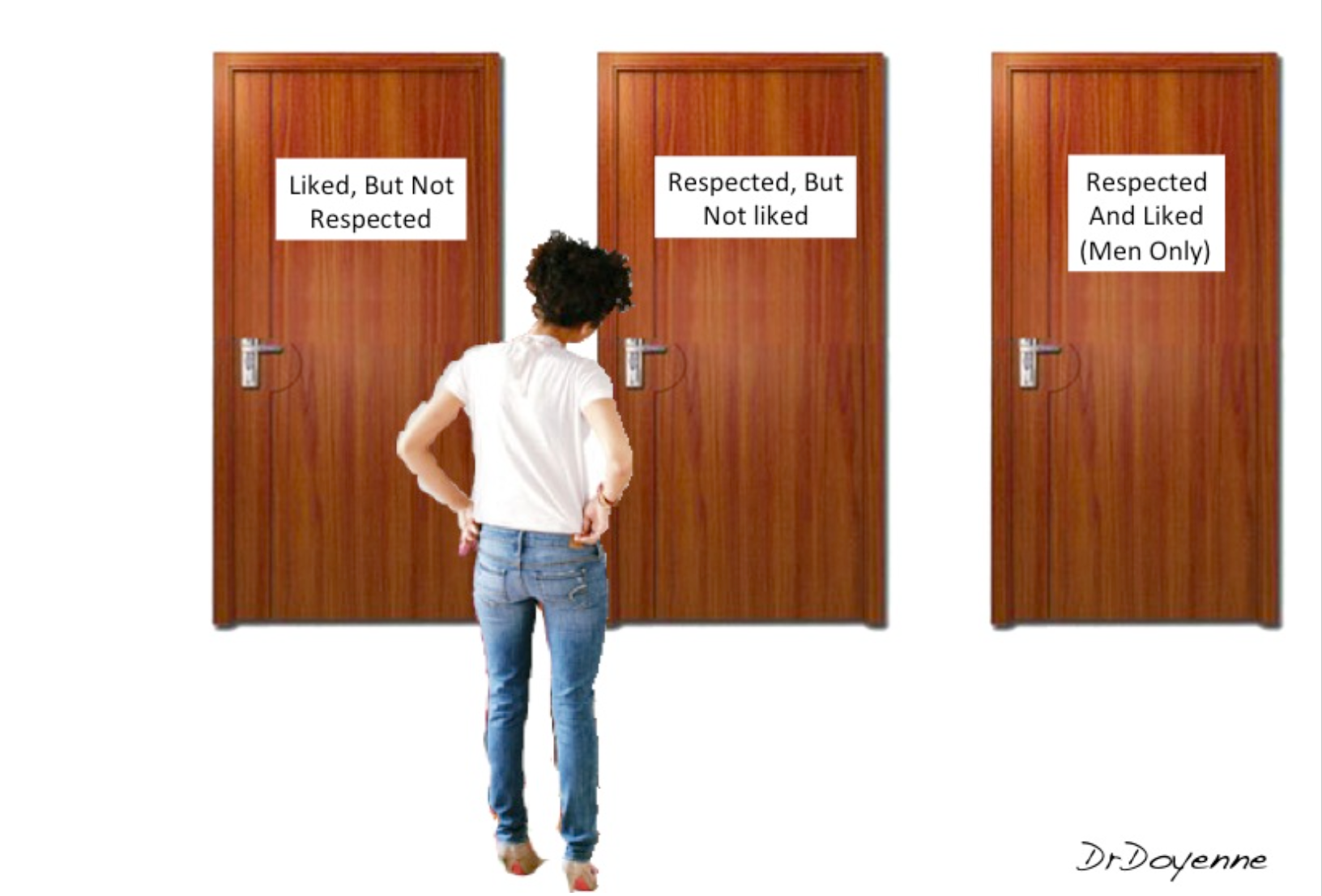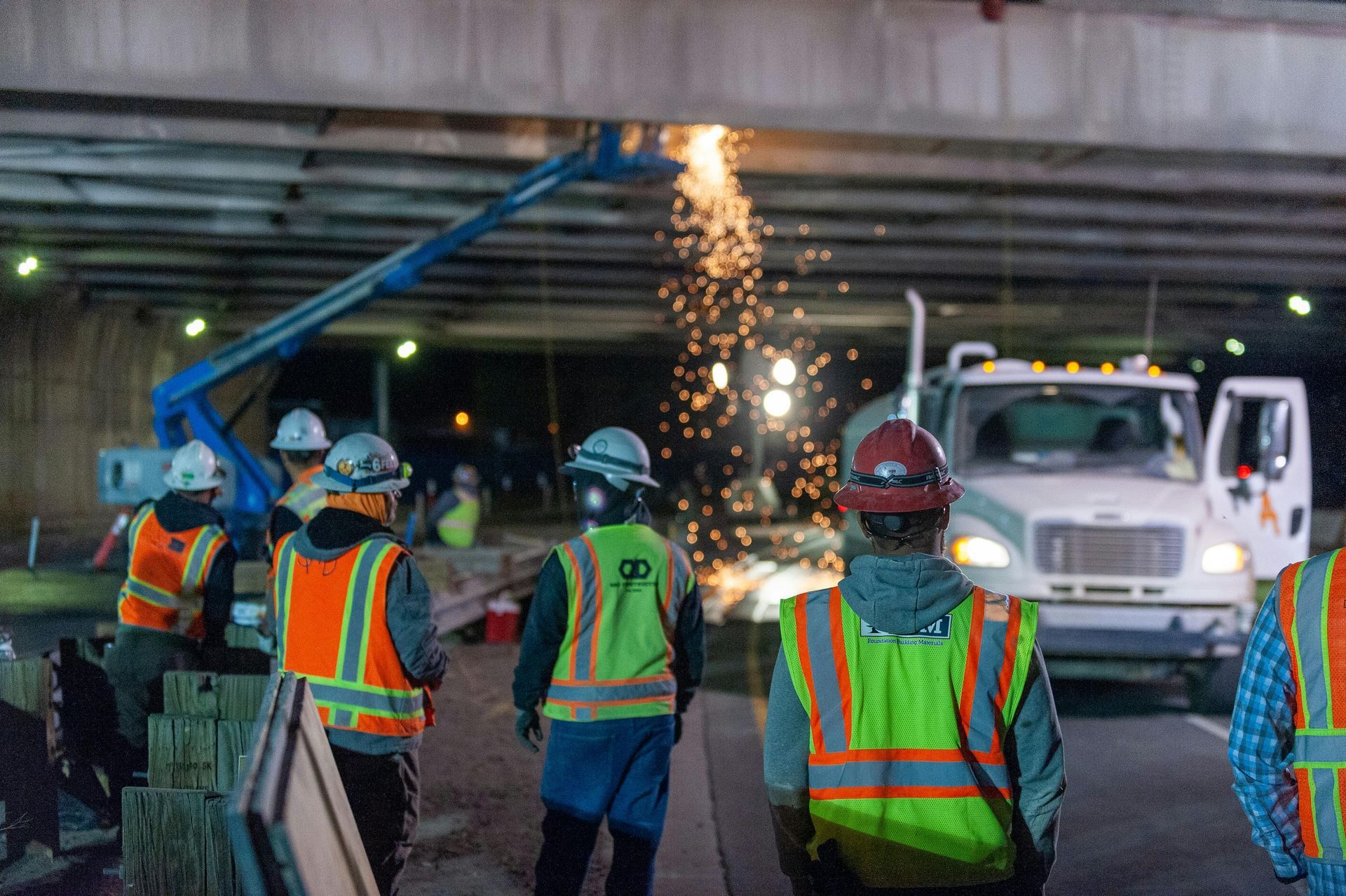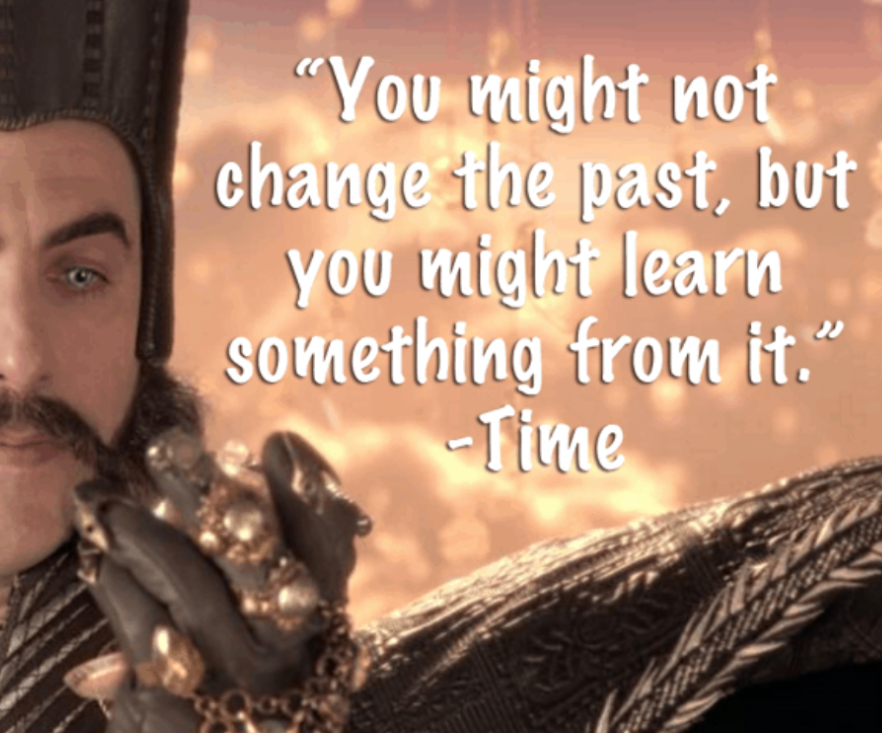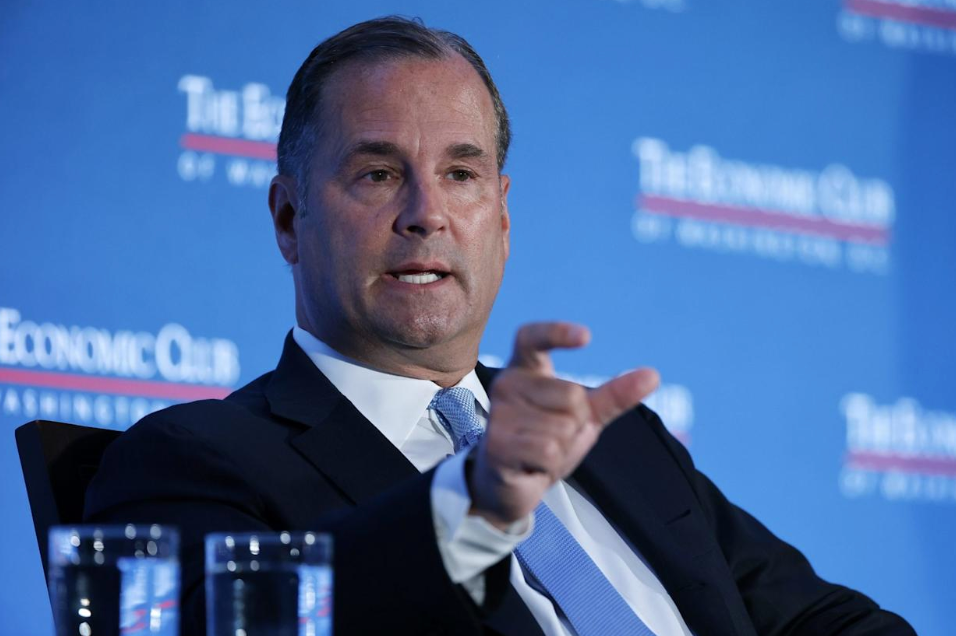Retention Resolution: Employees don’t quit jobs, they quit problems
Barriers to entry for the construction industry as a new employee can be plentiful, but what makes overcoming those barriers even more frustrating is that retention is also abysmal. Coincidentally, both ends of the employment spectrum share some similarities: Lack of training, culture, family and child care, and physical capabilities, just to name a few.
Today, I want us to level set and have a shared understanding on what retention means because this has different meanings for different people.
I will have the opportunity to speak more about this - and learn more about this - at the upcoming
NAWIC Annual Conference in Boston this August but frankly, I’ve built my business around retention, so there isn’t a topic I think, talk or write about more these days. Which is exactly why I want to start at square one- I think it’s important we have a common understanding on things and we can branch off from there and drill down.
First you have to ask yourself…

Are you…
- A trade/member association
- An employer
- A nonprofit board or committee
- A community association (PTA, HOA…)
The lens we are looking through, or the angle we are coming from, when discussing retention matters
greatly. I’ve spent the last year researching individual responsibility and how this fits into the community aspect of the business culture. Most of us have a general understanding of this in theory but
how does it fit into your leadership model? If you haven’t yet considered that, adapting this mindset shift is proving to be a huge asset to those that want to
retain their employees.
Why
Something is brewing to make this of interest to you…why? You know who you are, and the lens you are coming at this with, so why you and why now?
- Personal issues in work history
- Your company is having retention struggles
- Your member association needs to level up but can’t grasp the "colander effect” you’ve created
- You’re my aunt who always reads my blog posts (thanks for the love, Aunt Carmen)
What Wants to Happen Here?

“What wants to happen here?” I heard this at a training seminar I attended recently and BAM! Hit me like a ton of bricks. What wants to happen here
I love to problem solve- alone, in teams, complex, layered- you name it, I love em all! That phrase has become a gift in my problem solving journey because sure, I have my own problems to solve but, I also collaborate with teams that have a varied history of working together and we need to get it together QUICK! I’m on the clock, so we don’t have time to waste.
- What are we trying to solve?
- Where is the root?
These two questions are not as easy to get consensus on as you might think. I found starting with
What wants to happen here is a great ice breaker.
How
Once you have your ‘what’ the ‘how’ in ‘how do we get to a resolution’ is likely your next step. You will also want your ‘who’ as in ‘who is going to be a part of this solution’.
I am just going to recommend myself right here!
The ‘how’ and the ‘who’ will naturally be unique in every situation but the basic outline and structure will inevitably lead to some of the same questions. When we are dealing with issues related to retention, misaligned values and return on investment are the top two buckets that can be tackled to yield the most internal change. That doesn’t mean it is easy but it will be impactful.
Churn Baby Churn- It’s Costing You Big Time!
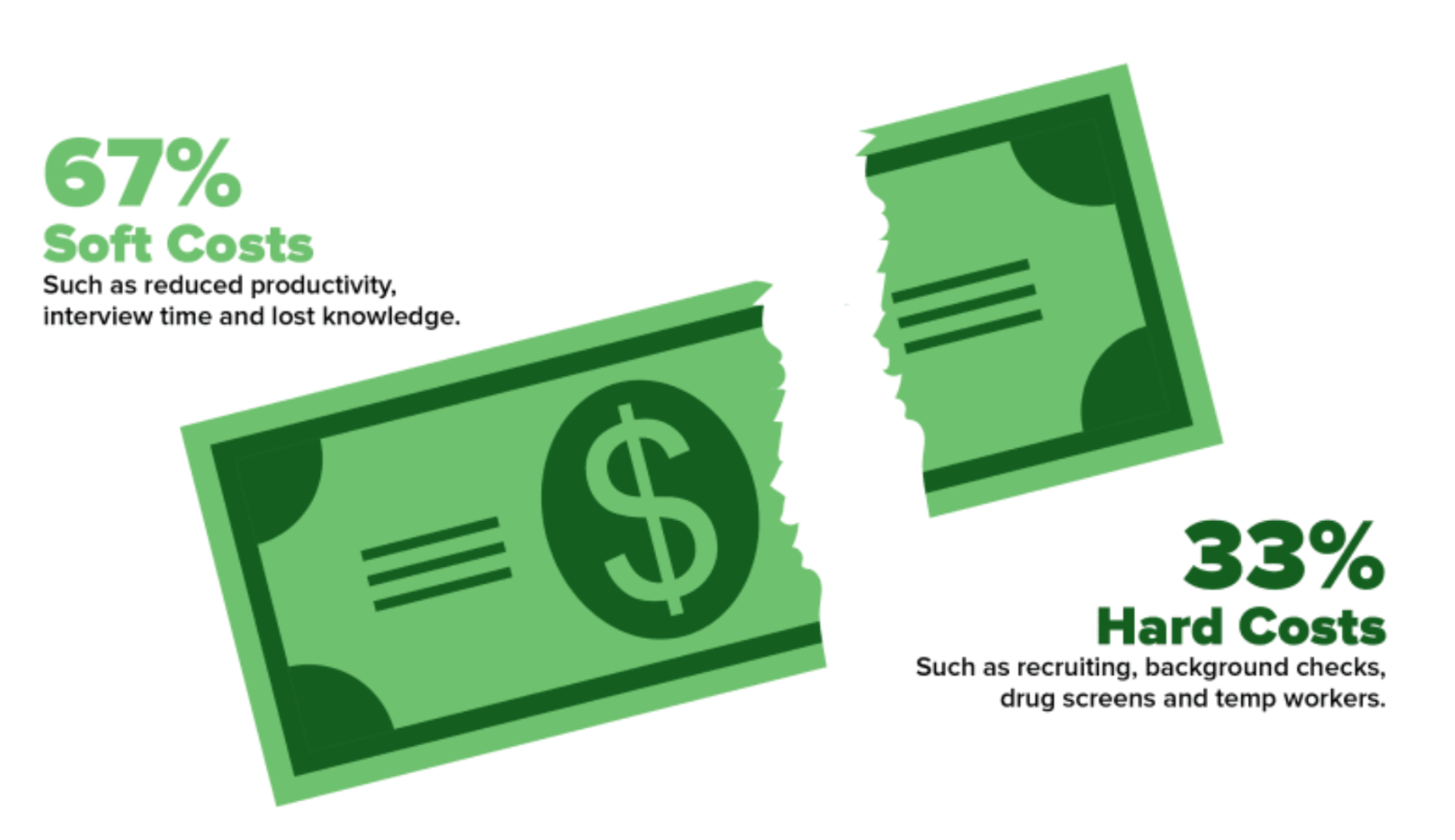
So often we get caught up on growth, that it can take us by surprise when asked the right questions about member or employee retention. By the time we realize we’ve created a colander, where we bring people in but we are losing them on the backend, we are in reactive fire drill mode and the proactive strategic planning can go haywire or fully on the back burner.
Impact of employee churn
High employee turnover has several negative impacts on a team:
- Increased costs
- Recruiting, hiring and training new employees is no joke- some estimates around $40,000/lost employee that’s JUST recruiting/hiring/training
- Loss of productivity
- New hires take time to become fully operational- add this cost into the above
- Decreased morale
- Frequent turnover can affect the overall vibe of your workplace, potentially leading to further departures
- Loss of legacy information
- Departing employees take valuable knowledge and experience with them, which can be difficult to replace
So what comes next? I can’t tell you what to do but,
I'd be happy to discuss your options!
